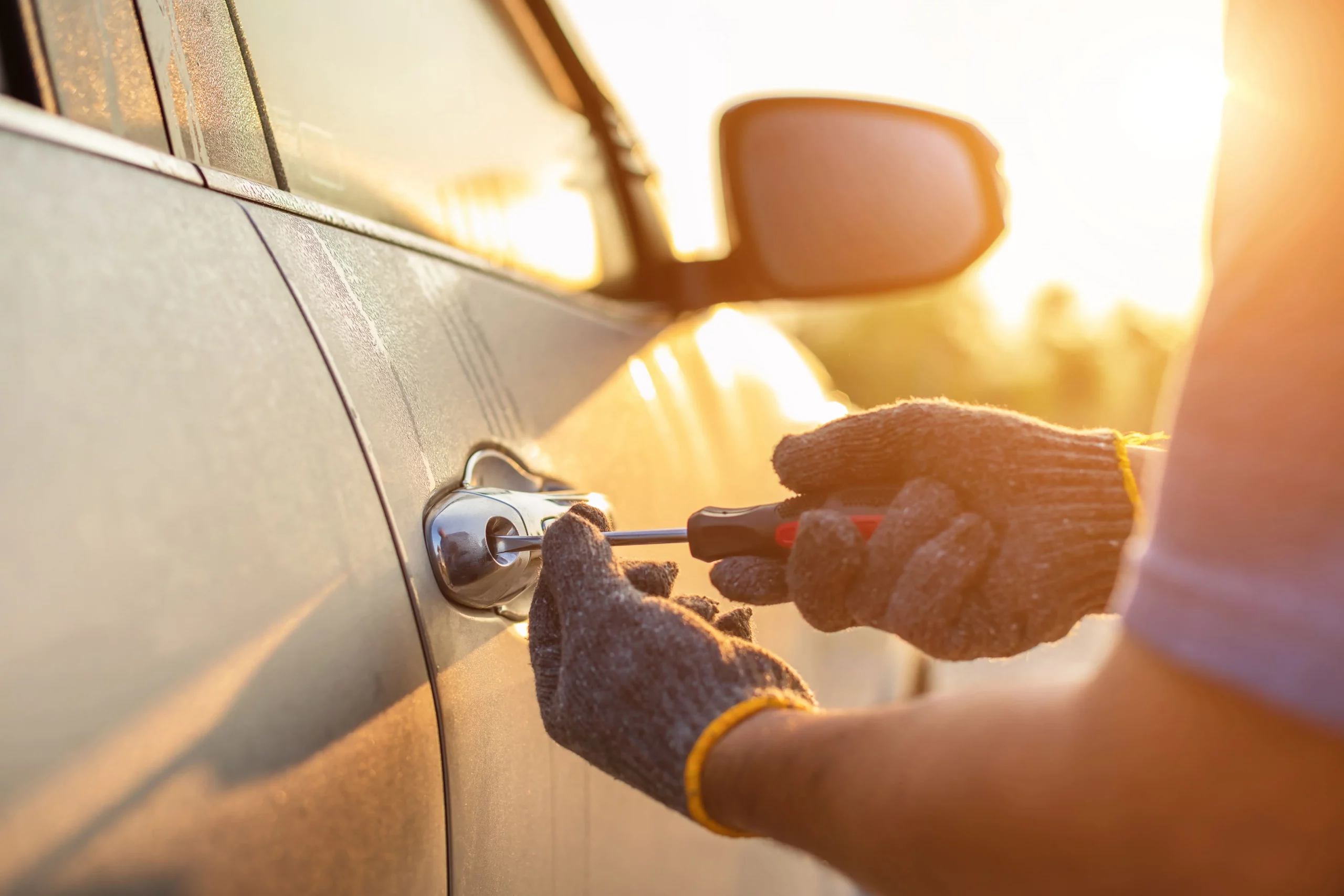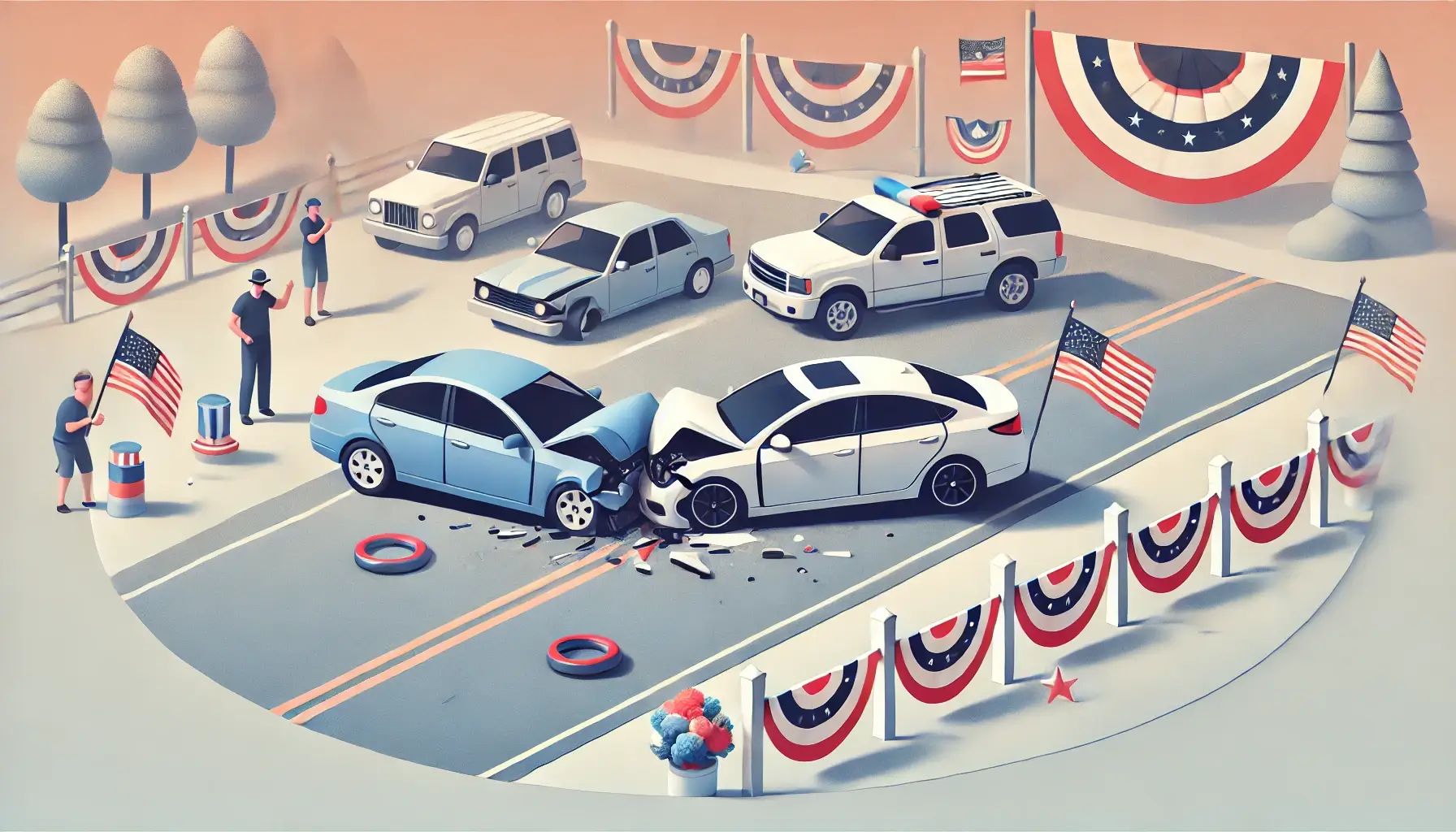Have you ever approached your car, ready to head out, only to find that your car door won’t lock or unlock with the press of a button, the turn of a key, or even a command from your smartphone app? In an era where technology has seamlessly integrated into every aspect of our vehicles, a malfunctioning car door lock can feel like a step back in time, leaving you frustrated and possibly even compromising your vehicle’s security.

Why Your Car Door Lock is Acting Up and How to Fix It (PDF)
The Evolution of Car Locks
The advancement in car lock technology has certainly made life more convenient. Gone are the days of manually unlocking each door or struggling with a physical key in a stubborn lock. Modern vehicles allow us to unlock and start our cars without ever removing the key fob from our pockets. However, with great convenience comes increased complexity. This complexity means that when something goes wrong, diagnosing and fixing the issue can be more complicated than you might expect.
Troubleshooting Car Door Lock Problems: What You Need to Know
When it comes to car door locks not functioning as they should, several factors could be at play, each with its own set of solutions:
- Key Fob Battery Issues: A common yet easily overlooked issue is a depleted battery within your key fob. This can render the device incapable of communicating with your car, affecting its lock/unlock functions. Swapping out the old battery for a new one is often a quick and effective fix.
- Fuse Concerns: A malfunctioning car door lock could also be the result of a blown fuse. Inspect your vehicle’s fuse box for any signs of damage and replace any compromised fuses accordingly. This step could potentially save you a visit to the mechanic.
- Faults with the Key Fob: Should a new battery not resolve the issue, the key fob itself may be defective. Automotive dealers can assess whether the fob is still transmitting signals and, if necessary, provide a replacement.
- Solenoid Disruptions: The solenoid acts as a bridge between your car’s electronic signals and the physical locking mechanism. A faulty solenoid may require you to remove the door panel to access and replace this component.
- Physical Damage: The issue might also stem from physical damage within the door itself, such as broken rods or connectors that have deteriorated over time. A thorough inspection can reveal such damage, necessitating repairs or replacements.
- Electrical Glitches: Lastly, more intricate problems like damaged wiring or a defective logic board could be interfering with your car’s lock system. These types of issues usually demand professional diagnostics and repair to restore function.
Lesser-Known Factors Affecting Car Door Locks
- Temperature Effects: Extreme cold can freeze your lock mechanism, preventing the key from turning or the electronic lock from engaging.
- Dirt and Debris: Accumulation of dirt and corrosion inside the lock mechanism can also hinder its function, requiring thorough cleaning or replacement.
- Improper Installation: If you’ve recently had your locks changed or repaired, improper installation could be why your car door isn’t locking or unlocking correctly.
How To Address and Prevent Future Lock Issues
- Regular Maintenance: Clean and lubricate your car door locks periodically to prevent dirt build-up and corrosion.
- Careful Handling of Key Fobs: Avoid dropping or exposing your key fobs to extreme conditions to extend their lifespan.
- Professional Diagnosis: For complex issues beyond a simple battery replacement or fuse check, seeking professional help can save time and ensure a correct fix.
Conclusion
Dealing with a car door that won’t lock or unlock properly can be a perplexing issue. From the relatively simple fix of replacing a key fob battery to more complex issues like a malfunctioning solenoid or electrical faults, understanding the root cause is key to a timely and effective solution. By maintaining your car’s locking mechanisms, treating key fobs with care, and knowing when to call in the experts, you can ensure your car remains secure and accessible. Remember, while technology adds convenience to our lives, it also requires us to be proactive in maintenance and vigilant in the face of potential malfunctions.




